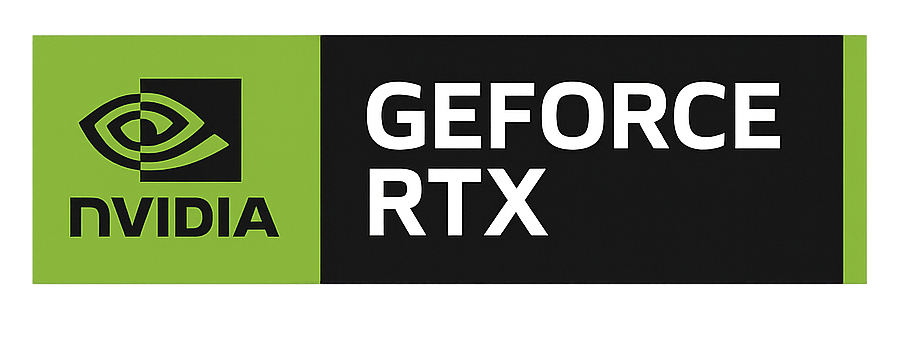What is the difference between path tracing and ray tracing?
Understanding the nuances between path tracing and ray tracing can elevate your gaming and creative experiences. Here’s a breakdown of how these rendering techniques work and their unique benefits.
What is Ray Tracing?
Ray tracing simulates the way light interacts with objects in a scene. It traces rays of light as they travel from the camera, calculating color and brightness based on direct light sources. This technique is known for producing stunning reflections, shadows, and highlights, making it a favorite in real-time graphics and gaming.
What is Path Tracing?
Path tracing enhances ray tracing by simulating the complex interactions of light. It traces rays not only from the camera but also from light sources, allowing for more realistic effects like global illumination, caustics, and soft shadows. This results in incredibly lifelike images, though it requires more computational power.
Key Differences
- Complexity: Path tracing models light interactions more thoroughly, leading to greater realism.
- Performance: Ray tracing is generally faster and more suitable for real-time applications.
- Visual Quality: Path tracing produces superior visual fidelity, especially in scenes with complex lighting.
Which Should You Use?
Your choice between path tracing and ray tracing depends on your needs. For real-time gaming, ray tracing provides stunning visuals without sacrificing performance. However, for high-quality renders in film or design, path tracing is the go-to for its realism.
Want to See These Techniques in Action?
Experience the latest in graphics technology at the Argentina Gaming Show! Visit our booth to try out games enhanced with these rendering techniques on the RTX 50 Series GPUs.
Join us at AGS 2025 from October 10-12!
Frequently Asked Questions
Can I experience ray tracing at the AGS?
Absolutely! Visit our booth to play titles like Cyberpunk 2077 and Half-Life 2 RTX showcasing ray tracing technology.
Is path tracing used in any popular games?
While primarily used in rendering and animation, some upcoming titles may leverage path tracing for their visual fidelity. Stay tuned!
What hardware do I need for these technologies?
The latest NVIDIA RTX GPUs are designed to handle both ray tracing and path tracing efficiently, ensuring you get the best performance.
